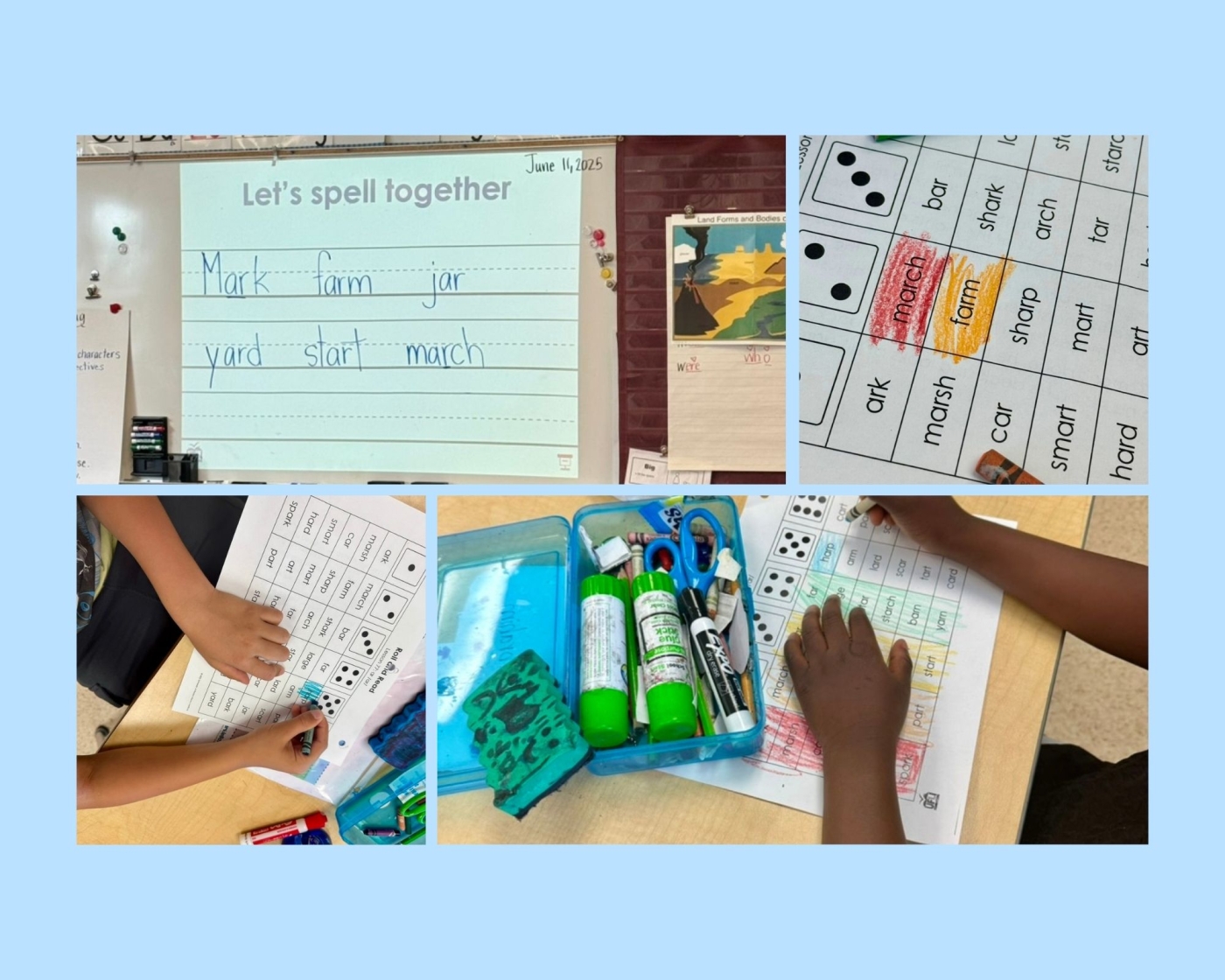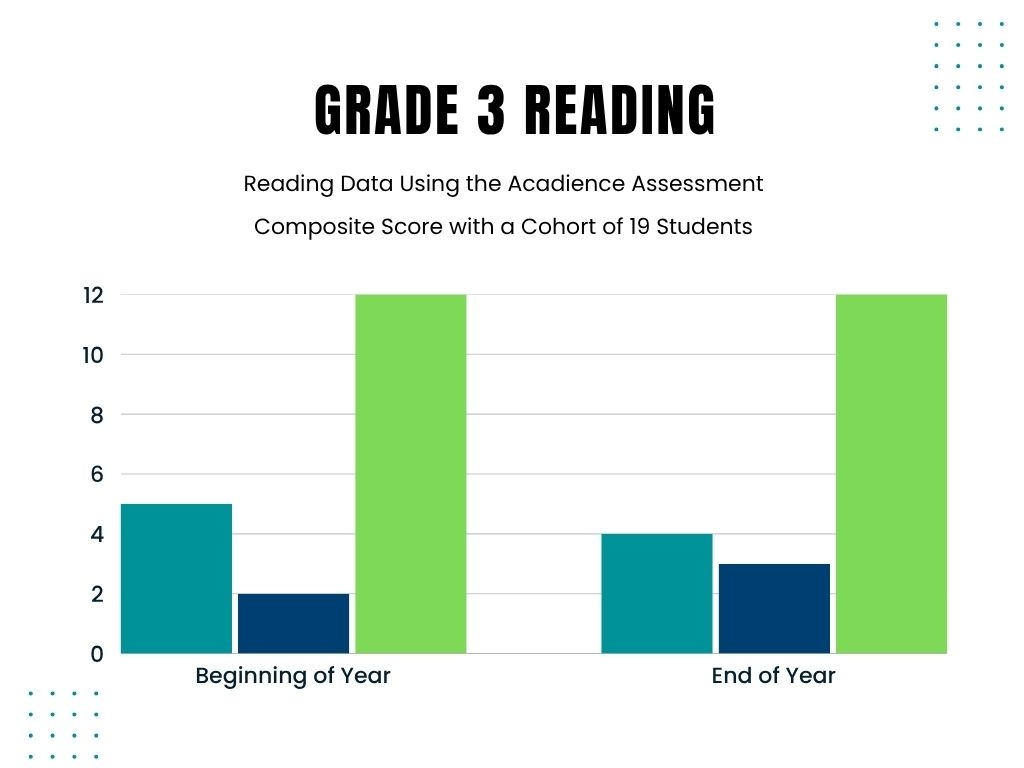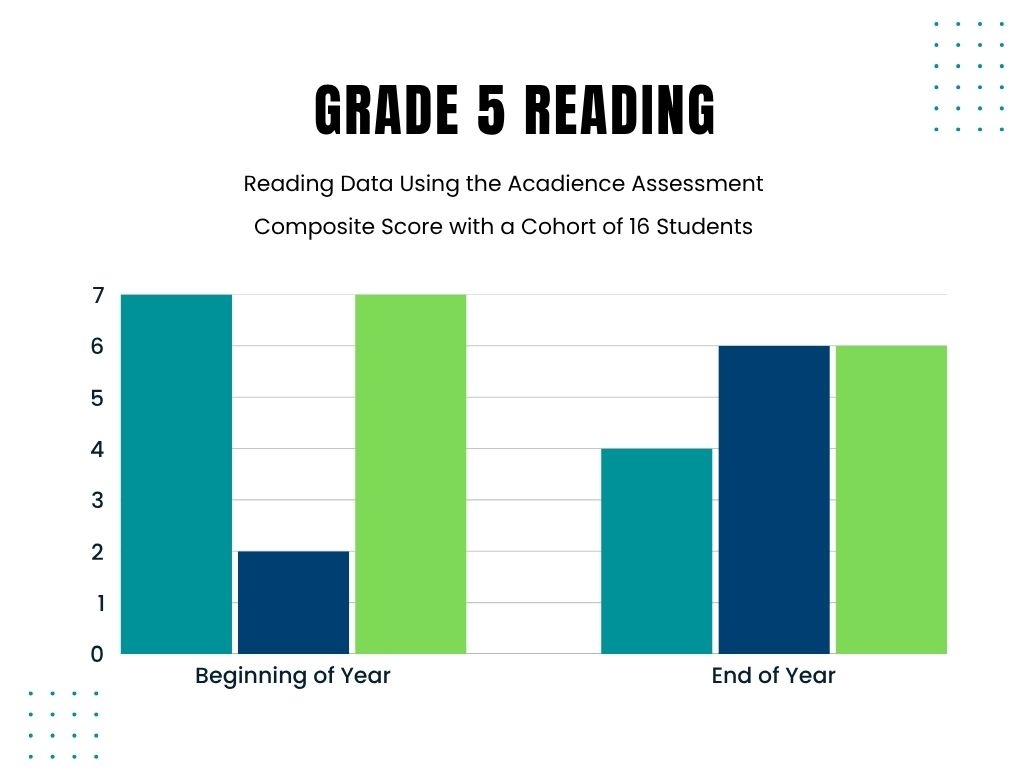Hazelgrove Elementary 24-25


OUR CONTEXT
Hazelgrove is a welcoming and inclusive school where we support students’ academic, social, emotional, and behavioural growth. Our classrooms are places where students are at the centre of their learning, and where their growth is nurtured through engaging, meaningful opportunities. We believe student success is shaped by a wide range of experiences and skills—from creative and critical thinking, to communicating effectively, to building personal and cultural identity, and understanding their role in the world around them.
At Hazelgrove, we value a safe and caring environment, restorative practices, and the diverse strengths of all our students. We build strong connections with one another and with our wider community. We also recognize and celebrate the important role families play in supporting student learning and creating a school where every child can flourish.
We are proud to learn, work, and play on the unceded, shared, traditional territories of the Katzie, Semiahmoo, Kwantlen, and other Coast Salish peoples. We honour the First Peoples' Principles of Learning by weaving them throughout our teaching and school life.
Learning happens both inside and outside the classroom. Our students take part in hands-on, place-based learning that deepens their understanding of the local environment and encourages stewardship. We actively care for our school grounds and community by reducing litter and learning about the impact of plastics.
Our youngest learners grow and thrive through play. Play is a powerful way for children to explore, solve problems, interact with others, and connect what they know with new learning. Through play, children make sense of their world and build foundational skills that support lifelong learning.
Our older students learn through play too! They participate in school sports like cross country, track and field, volleyball, basketball, badminton, and ultimate. We also offer a variety of clubs, including Makers Club, Board Games Club, Coding Club, and the Diversity Club. And of course, Sports Day is a school-wide favourite!
We hope you enjoyed learning about what makes Hazelgrove a vibrant, caring community where students, staff, and families work together to make our school a wonderful place to learn, grow, and play.

OUR LEARNERS
At Hazelgrove, we recognize and celebrate the diversity of our learners. We are committed to creating an inclusive and equitable learning environment where every student feels they belong and has the opportunity to actively engage in meaningful learning experiences. We believe learning is most powerful when it is collaborative—when students, teachers, and families work together to support each child’s growth.
From the early years, our students begin to explore the connection between reading, writing, and oral language. The ability to read and understand written language unlocks new ideas, supports creativity, and fosters personal growth. At Hazelgrove, students engage in daily literacy experiences that help them build confidence as readers and develop a love of language and storytelling.
Our learners come to understand that language and text can inspire creativity and joy. They also learn that reading is connected to memory, history, and story. Through regular exposure to a wide variety of texts, our students learn that reading takes time and practice. They begin to understand that we read for many reasons - whether it’s for enjoyment, to gain new knowledge, or to deepen our understanding of the world around us.

OUR FOCUS
Our school’s literacy focus for 2024–2025 centres on strengthening reading fluency and deepening comprehension through structured, evidence-based instruction. This work supports the district’s goals for student success in reading across all grade levels and aims to address both early intervention and targeted skill development for learners beyond the primary years.
We are specifically monitoring and supporting:
- 44 Grade 1 students
- 19 Grade 3 students
- 17 Grade 5 students
- 6 Grade 6 students
The primary focus for students in Grades 1 to 3 is on achieving grade-level reading fluency, while Grades 5 and 6 are receiving targeted support to strengthen comprehension, vocabulary, and synthesis of ideas across texts.
Learning Goals:
- Grades 1–3:
Students will read grade-level texts with fluency, accuracy, and appropriate expression.
Students will use sources of information and knowledge to make meaning from text.
Students will use a variety of comprehension strategies before, during, and after reading, listening, or viewing to guide inquiry and deepen understanding of texts. - Grades 5–6:
Students will synthesize ideas from a variety of sources to build understanding.
Students will strengthen reading accuracy, vocabulary, and comprehension strategies to support learning across the curriculum.
Instructional Actions and Strategies:
This year, we implemented a tiered approach to literacy instruction based on:
- Using a structured phonics program used to build decoding and fluency in Grades 1–3.
- Emphasizing systematic instruction in phonemic awareness, phonics, vocabulary, fluency, and comprehension.
- An approach introduced in Grades 5 and 6 had a specific focus on increasing vocabulary, spelling, and comprehension through exploration of roots, prefixes, and suffixes.
Student learning experiences have included daily explicit instruction, repeated reading, decodable texts, small group guided practice, and word structure investigations. Students are engaging with rich texts and learning how to apply strategies for making meaning before, during, and after reading.
Intended Change:
We aim to see growth not only between reading benchmark categories (e.g., from “Below” to “At” benchmark), but also within each category, recognizing that significant skill development may occur even when the overall category remains the same.
Students will:
- Move from basic decoding toward fluent, expressive reading
- Apply strategies independently to comprehend and engage with texts
- Show increased confidence, independence, and stamina in reading tasks
- Demonstrate deeper understanding through discussion, written response, and cross-text synthesis
Intended Impact:
By focusing on foundational reading skills in the primary years and comprehension and synthesis in the intermediate years, we aim to:
- Reduce the number of students requiring intervention in upper grades
- Strengthen the connection between decoding and comprehension
- Equip students with the literacy skills needed for success across all areas of the curriculum
- Support lifelong learning through confident, strategic reading

OUR NEXT STEPS




Data Summary of Student Progress in Reading
Overall, students in our cohorts across Grades 1, 3, 5, and 6 demonstrated meaningful progress toward school-wide reading goals. The data reflects some upward movement between benchmark categories, with more students reaching or approaching grade-level expectations by year-end.
Importantly, many students also made significant gains within benchmark categories, particularly those identified as Well Below or Below at the start of the year. These students showed measurable improvement in foundational reading skills such as decoding, fluency, and comprehension, even if they did not shift into a higher benchmark band. This growth, while not always visible in bar graphs, indicates a positive response to instruction and steady progress toward long-term reading success.
For example, Grade 3, students receiving targeted reading support showed meaningful progress in foundational reading skills this year. While not all students moved up to the next benchmark level, they demonstrated strong growth within their benchmark categories—progress that might not be visible in simple bar graphs, but reflects important gains in decoding, fluency, and reading confidence.
Group 1: Grade 3 Students Well Below Benchmark
- 4 students began the year significantly below expected reading levels.
- On average, these students improved by 92.5 points over the year.
- This shows they are responding well to instruction, especially in phonics and fluency, and are getting closer to the next benchmark range.
Group 2: Grade 3 Students Below Benchmark
- 3 students began the year just below grade-level expectations.
- These students made an average gain of 72 points.
- While they remain in the "Below Benchmark" category, they are moving steadily toward grade-level reading, building fluency and confidence along the way.
This kind of growth shows that:
- Students are making real learning gains, even if they haven’t yet crossed into the next benchmark level.
- Targeted, structured literacy instruction is working.
- Continued support will help these students close the gap and move toward grade-level proficiency.
Next Steps
We will continue to prioritize reading development across grade levels, with a sustained focus on building fluency, comprehension, and vocabulary through evidence-informed practices.
We will coordinate school-wide literacy efforts by:
Supporting colleagues in implementing structured literacy approaches
Sharing relevant research and instructional tools
Connecting with district literacy teams and supports
Assisting with literacy-focused student learning plans, including the collection of evidence, planning of responsive instruction, and reflection on student progress
Our ongoing goal is to support continued growth both between and within benchmark categories, ensuring all students - regardless of starting point - develop the strong, transferable literacy skills needed for long-term academic success.
